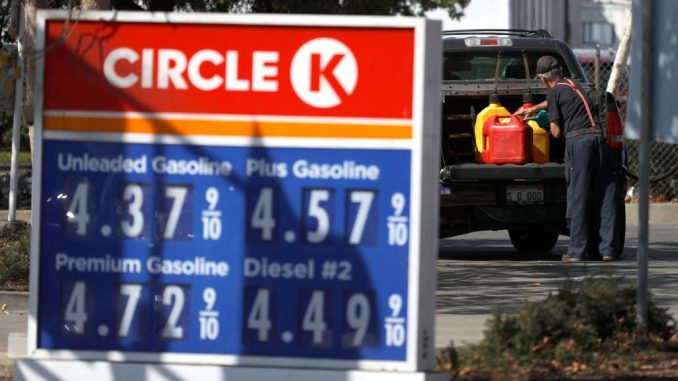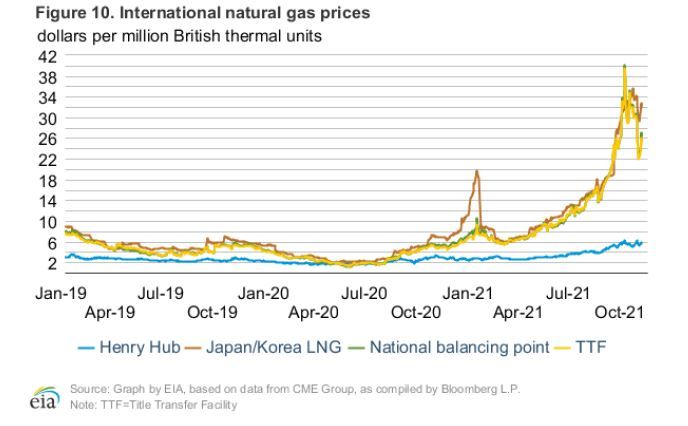
Higher retail prices for gasoline remain a top issue for the White House, though analysts told Zenger they have not seen much of an impact on demand yet.
Travel club AAA reported a national average retail price of $3.42 for a gallon of regular unleaded on Tuesday, up just a fraction from last week but $0.15 higher than this time last month.
Higher gasoline prices have been a pressing issue for President Joseph R. Biden Jr., who is wary of undermining momentum for the U.S. economy heading into a midterm election year. A decision last week from OPEC and its allies, a group dubbed OPEC+, to rebuff the White House and keep with an expected increase of 400,000 barrels per day for the market in December was met with frustration.
President Biden and White House staff have repeatedly called for OPEC and its allies to increase oil production. They have received criticism from environmental groups for those higher oil production pleas.

White House Principal Deputy Press Secretary Karine Jean-Pierre said the government was “going to use every tool” at its disposal to address energy market issues, including the possibility of tapping into the Strategic Petroleum Reserve to cool the market.
Phil Flynn, a senior energy analyst at The Price Futures Group in Chicago, said tapping into strategic reserves would work, but not for very long.
“The administration’s plan to release oil from the strategic reserve may lower gasoline prices for a short period of time, but actually could hurt by creating more demand,” he said.
Consumers may have a buy-the-dip sense and travel more if gasoline prices decline. That increase in demand, however, could lead to even higher prices at the pump.
There is a perfect storm brewing for broader commodity prices. A big spike in natural gas prices has caused some segments of the energy sector to turn to coal or crude oil as a stop-gap measure to deal with energy-related inflation. That has helped push crude oil prices to multiyear highs, and it’s largely that price that influences factors at the pump.

Denton Cinquegrana, the chief oil analyst at the Oil Price Information Service, said the alarm bells might only be ringing in the White House.
“Demand doesn’t seem to be backing off too much,” he said. “From what I hear from people downstream is that they have not seen much behavioral change.”
The U.S. Energy Information Administration reported last week that the total amount of refined petroleum products supplied to the market, a loose proxy for demand, averaged 20.4 million barrels per day. That’s close to pre-pandemic levels and in line with recent trends, suggesting demand has yet to move lower as a direct result of high gasoline prices.
Patrick DeHaan, the senior petroleum analyst at GasBuddy, said there could be some frustration boiling to the surface, depending on political views, but demand still looked pretty good.
“Gasoline demand remains seasonally strong, while the EIA has lofty numbers suggesting consumers are guzzling 9.5 million barrels of gasoline per day, GasBuddy figures suggest the real number to be somewhere in the 9.2-9.4 million [barrels per day] range, still quite healthy amidst higher gasoline prices,” he said, referring to the Energy Information Administration.
The federal energy short-term market report for November said gasoline prices are expected to reach $3.32 per gallon on average and then dip to around $3.16 per gallon by December. Both of those forecasts, however, are higher than estimates from the October report.
Edited by Bryan Wilkes and Kristen Butler
The post High Gasoline Prices Not Impacting Consumer Demand appeared first on Zenger News.
